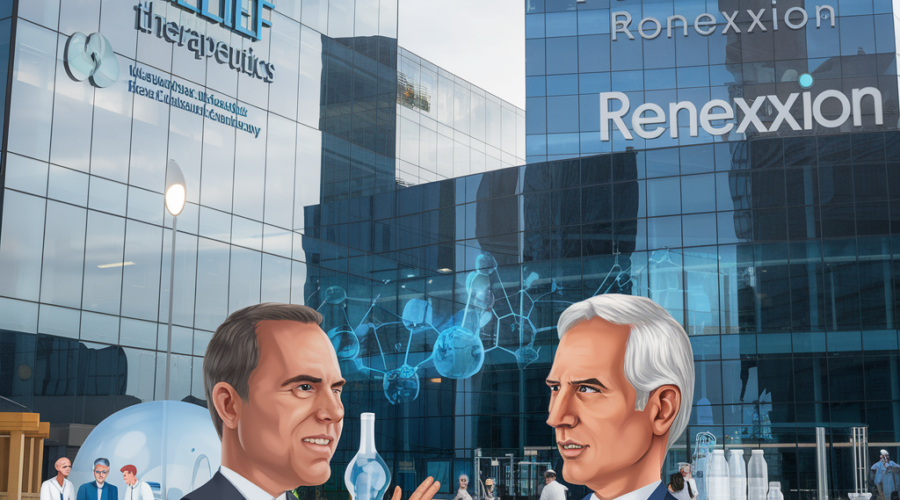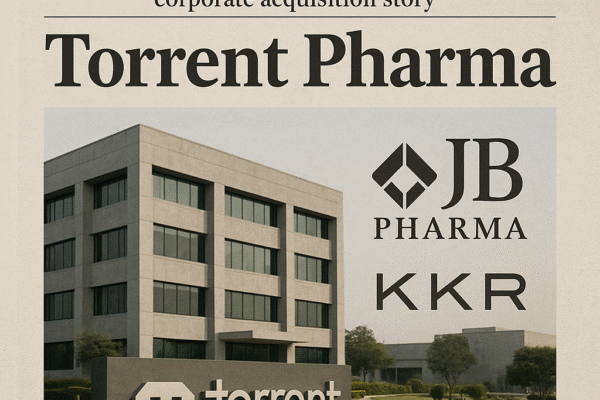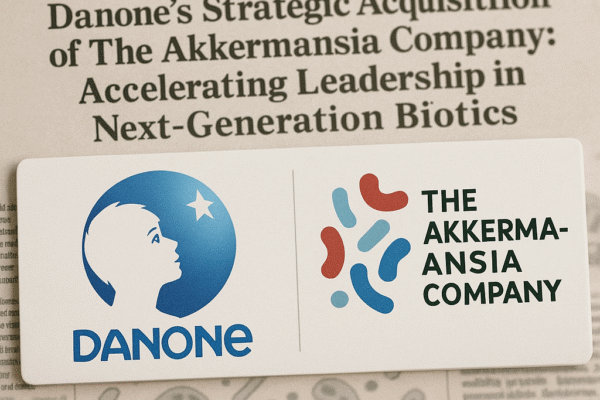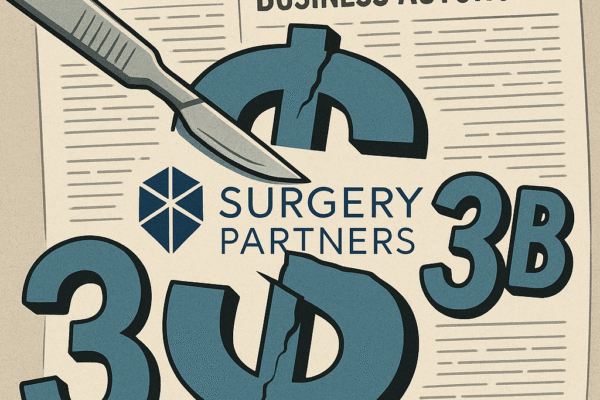- Strategic Rationale: The merger aims to leverage Relief’s expertise in rare diseases and Renexxion’s gastrointestinal therapies, bolstering their competitive stance and accelerating novel treatment development.
- Valuation and Ownership: The deal values Relief at $100 million and Renexxion at $260 million, with Renexxion shareholders owning 72.2% of the combined entity (RLFTY).
- Industry Consolidation Trend: Increasing complexity and costs in drug development are driving biotech M&A activity, as companies seek to expand pipelines and market presence.
- Financial Performance: Relief reported strong H1 2024 results with 85% revenue growth and 45% lower operating expenses, while Renexxion advances its lead compound naronapride.
- Market Reaction: Investors responded positively to the merger announcement, with Relief’s stock price rising, indicating optimism about potential synergies and expanded pipeline.
- Regulatory Challenges: The combined entity will navigate complex approval processes, including FDA IND clearances for naronapride and other therapies, posing potential delays.
- Integration Risks: Similar reverse mergers in biotech have faced integration hurdles, regulatory scrutiny, and investor concerns, as seen in the Celgene-Bristol-Myers Squibb merger.
- Growth Opportunities: Post-merger, the entity aims to fast-track naronapride’s clinical advancement, expand R&D capabilities, and position itself as a global GI therapeutics leader.
- Patient Impact: The merger prioritizes innovation, patient safety, and significant outcomes, potentially leading to new treatment options for patients worldwide.
- Future Outlook: While facing regulatory and integration risks, the successful merger could substantially benefit both companies and the biotech industry through enhanced market access, synergies, and diversified pipelines.
Biotech Merger: Relief & Renexxion Aim to Revolutionize Gastrointestinal Therapies





